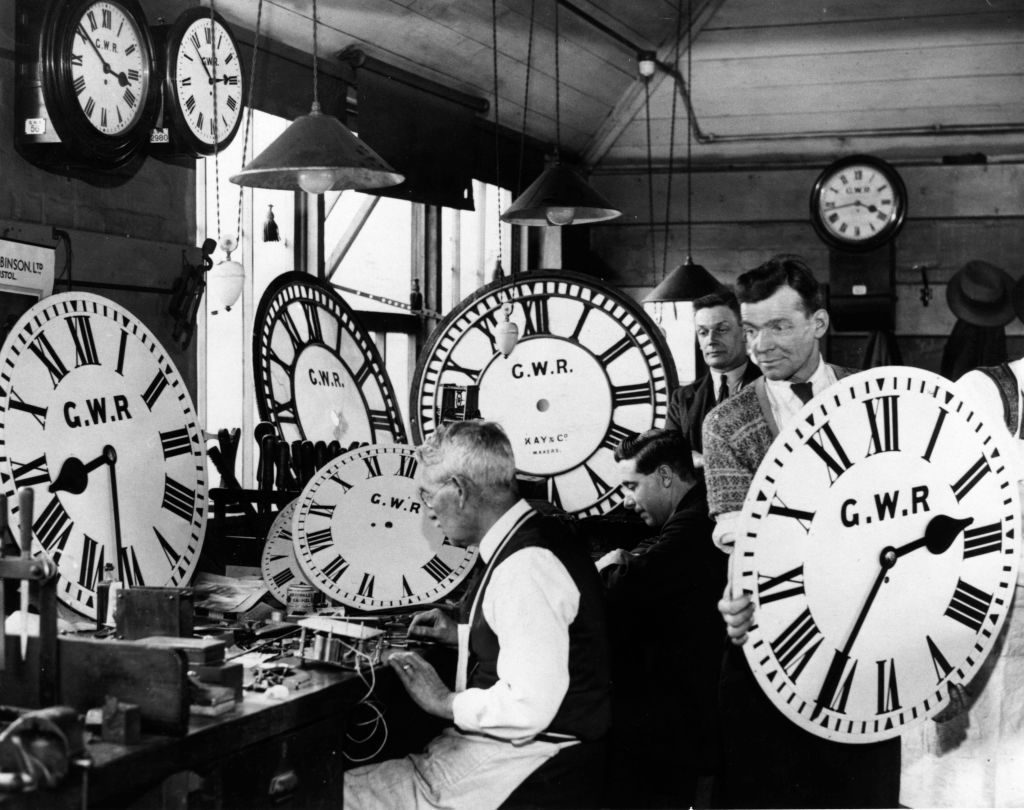German Chancellor Friedrich Merz’s historic, embarrassing failure to be installed on the Bundestag’s first vote merely underscores an increasingly undeniable trend: traditional post-war Conservatism is fading fast.
That observation would have been risible twenty years ago. Pro-market, pro-internationalist Conservative parties were either in power or the main opposition almost everywhere in the Western world. The Left-Right divide had narrowed in the 21st Century as centre-left parties accepted market economics and centre-right parties accepted both the welfare state and a slow shift away from traditional morality.
Nevertheless, a time traveller from the 1950s would recognise virtually every Western country’s politics as being derived from that person’s generation.
That is obviously no longer the case, and the slide of the labour union-backed centre-left has been well documented. But it is now apparent that the business-friendly centre-right has also fallen in popular esteem.
England’s recent local elections are obvious proof of this. The once mighty Conservative Party, arguably the most politically successful party over the last two centuries, utterly collapsed.
It entered the contest holding control of 16 of the 23 councils up for election and nearly 1,000 seats. It left holding control of none, haemorrhaging 674 seats in the process and falling to fourth place.
The winners were the upstart populist-right Reform Party. Nigel Farage’s ragtag bunch of rebels captured control of ten councils and are the largest party in a few more. They easily captured the most seats, 677, up from zero before the vote.
It turns out that Tory voters – and quite a few former Labour supporters – preferred a party with absolutely no governing experience who promised to clean up the mess that both major parties have made in their decades of uninterrupted rule.
Romanian voters rendered the same verdict in the first round of their presidential election. The old rivals, the Social Democrats and the National Liberals, had already teamed up with a Hungarian interest party to form a grand coalition after last year’s parliamentary vote. The three parties offered a joint candidate in this contest, which occurred only because they had teamed up in the nation’s courts to cancel last year’s presidential vote and barred the first round leader, Călin Georgescu, from running again.
Their candidate nevertheless failed to even make the runoff. Georgescu’s anointed successor, George Simion, captured 41 percent of the vote while liberal Bucharest mayor Nicușor Dan took second place.
The collapse of the Romanian centre-right is even more evident when one looks closely at the regional results. Traditionally, the Social Democrats do best in the parts of Romania that were part of the old-pre-World War I Kingdom of Romania. The centre-right National Liberals did best in the regions that were added to Romania after the war, plus some areas around Bucharest and the Black Sea city of Constanta.
Simion, however, won most of those regions handily. The grand coalition’s candidate, former president of the National Liberals, Crin Antonescu, only won five regions with the largest Hungarian shares of the population.
Native Romanians who lean centre-right evidently flocked to the populist their old party’s leaders beseeched them to reject.
Similar trends are found almost everywhere else. France’s once dominant Republicans have shrunk to miniscule proportions, left to decide whether they want to prop up President Emmanuel Macron. Their voters have flocked to Marin Le Pen’s National Rally instead.
In Norway, the Conservative (Høyre) party is running third in polls before this September’s election, behind the ruling Labour Party and – more tellingly – the populist-right Progress Party. Denmark’s Venstre party now runs even with the Conservative-populist Denmark Democrats and behind the neo-libertarian Liberal Alliance.
Even Merz’s Christian Democrats are now behind or even with the Conservative-populist Alternative for Germany in many recent polls.
It’s not hard to see why this is happening, although it is apparently still a mystery to those who actually lead traditional centre-right parties.
Conservative voters are now prioritising culture and identity over economics. They are more concerned about immigration and preservation of Western values than on the value of the DAX or the FTSE 100.
Today’s Conservatives often are those who have been hurt by globalisation and want to recover their relative prosperity.
Conservatives are tired of endless priority given to the needs of the global poor over the needs of fellow citizens.
Despite this, traditional centre-right leaders and parties have remained stubbornly steadfast in their devotion to dogma compiled when the Soviet Union existed and the internet did not.
Their market economics training should explain to them what has transpired: The Conservative consumer wants a different product and is shopping in new stores to get it.
The old centre-right had their chance to adapt to shifting voter demands. They have not, and it’s now too late for them to convincingly change their course.
This leaves the old centre-right with only two choices. They can become, as French, Austrian, and German Conservatives seem to want, the rightward faction of the Left. Or they can become, as Scandinavian, Canadian, and American Conservatives have, the centrist faction of the new populist-led Right.
It’s hard to see any serious future for these parties if they choose the first route. If you’re getting the Left anyway, why not choose the real thing?
That means the only viable choice is to become open to the populist-right. The faster they make that choice, the sooner they will return to relevance.





For a great win Merz must not tilt to the centre, he must understand AfD concerns